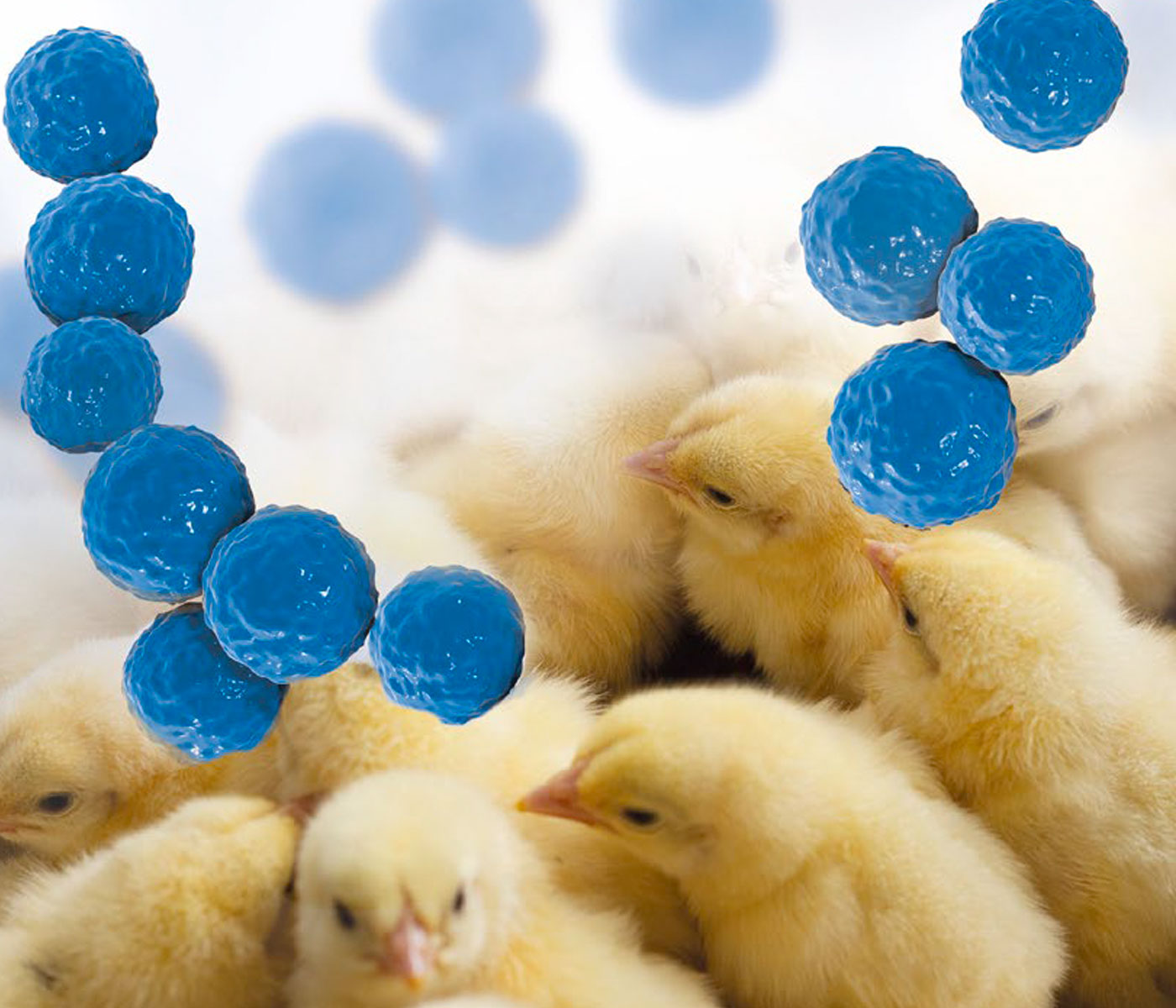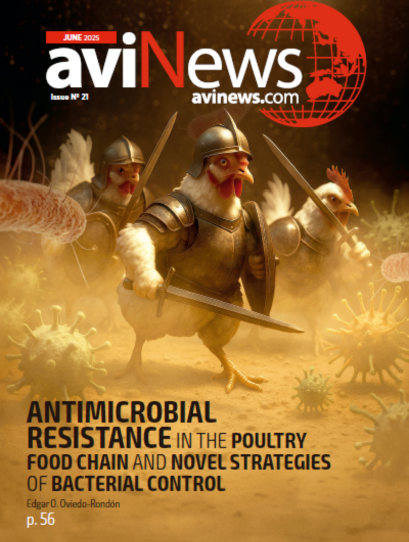Content available at: Indonesia (Indonesian) Melayu (Malay) ไทย (Thai) Tiếng Việt (Vietnamese) Philipino
The average broiler hatchability rate has decreased in the USA in the past decade.
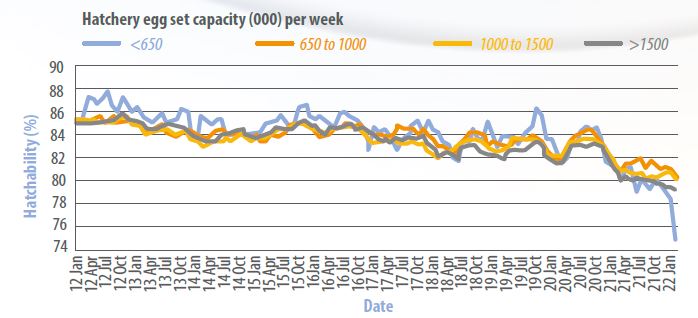
650,000 to 1.5 million eggs per week. Source: AgriStats (Fort Wayne, IN)
Figure 1 shows data from AgriStats (Fort Wayne, IN), the biggest USA benchmarking company, showing the decline in hatchability between 2012 and 2022 by hatchery egg set capacity per week.
Currently, average hatchability could be close to 80%, which is five percentage points lower than it used to be in 2012.
AgriStats data indicates that between 2020 and 2023, the average broiler hatchability reduced by at least three percentage points.
Potential causes for hatchability losses
There are several potential causes for hatchability losses.
- Fertility is frequently a challenge in many breeder flocks; hen mortality has increased, and eggshell quality tends to be an issue. Nutrition and feeding management can attenuate some of the issues.
However, several reports and scientific publications have recently indicated that Enterococcus faecalis, Enterococcus cecorum, and Escherichia coli are often recovered from non-viable embryos in several countries.
- But, the relative importance of each bacteria has not been clarified.
- However, Enterococcus faecalis is also associated with first-week mortality of chickens.
Enterococcus faecalis
These microorganisms are ubiquitous in the poultry production environments and commensals in the avian gastrointestinal tract. They can become opportunistic pathogens but are also part of healthy hatchlings’ normal gut microbiota.
Dr. Jodi Delago recently reported results from a field survey conducted in six USA hatcheries at the International Poultry Scientific Forum (IPSF) in Atlanta, Georgia.
- They used eggs from 405 hatch residues with evidence of early embryonic mortality.
- Aseptic sample swabs were obtained from the yolk sac area.
- In this project, Enterococcus faecalis and Escherichia coli were isolated.
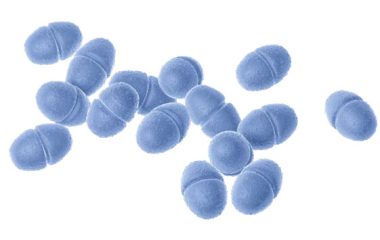
The coinfection of both bacteria was much more frequent (43 %) than the prevalence of each bacteria alone.
- Enterococcus faecalis alone was 13 %, similar to the prevalence of Escherichia coli (13 %).
- However, 31 % of the samples were negative for both bacterium.
Other research reports indicated that Enterococcus faecalis can penetrate the eggshell, evade immune barriers in the egg, and colonize systemically.
The coinfection with both bacterium enhanced pathogenicity, resulting in increased mortality of embryos and neonatal chickens.
Enterococcus faecalis is most pathogenic
However, some experiences show Enterococcus faecalis has a more relevant role in embryo and young chick and pullet pathogenicity.
Dr. Hugo Ramirez from Mississippi State University also presented at IPSF a compilation of diagnostic cases between January and October 2023, indicating the impact of Enterococcus faecalis on broiler and pullet breeder mortality cases. Information from 93 cases of 1- to 7-day-old broiler and pullet breeder cases and 45 hatchery cases were used.
- In this study, the bacterial identification was performed by matrix-assisted laser desorption ionization time-of-flight mass spectrometry (MALDITOF MS) – Vitek® MS instrument (bioMerieux, Inc).
- Salmonella spp was genotyped by Intergenic Sequence Ribotyping (ISR).
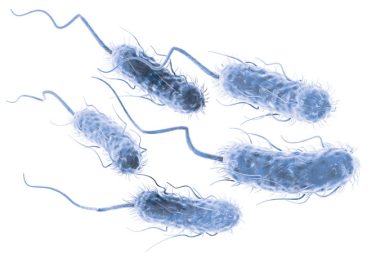
These advanced modern lab analyses provide great credibility to bacteria identification.
The results indicated that Enterococcus spp. was isolated from all evaluated yolk sac samples.
- Enterococcus faecalis was isolated from most of the analyzed samples (n=90; 96.77 %), and only 7 cases corresponded to other
Enterococcus spp. - The association with E. coli was observed in 61.11 % of the cases.
- Salmonella enteritidis was isolated only once.
- In the hatchery samples, Enterococcus faecalis was isolated from 87% of the hatchery cases.
- Only six cases (13 %) were mixed with E. coli and Salmonella spp.
Enterococcus cecorum
Enterococcus cecorum is another gut commensal microorganism that causes considerable broiler industry losses due to sepsis and osteomyelitis.
Effective treatment and control methods like vaccination have been challenging to develop since commensal and pathogenic strains only differ in genomic features, including alterations in capsular polysaccharides.
Mitsu Suyemoto from the College of Veterinar y Medicine at North Carolina State University presented at the IPSF a study where pathogenic Enterococcus cecorum strains were genetically modified for genes that encode capsular biosynthesis (cpsC and cpsO).
- The mutant groups caused lower embryo mortality when eggs were inoculated at 12 days of incubation.
- When chicks were orally gavaged with 107 cfu of pathogenic Enterococcus cecorum strains, the sepsis or presence of bacteria in the spleen at 35 days of age was 55%, and the prevalence of infection in the free thoracic vertebrae (FTV) was 33%.
- In contrast, neither sepsis nor bone infection was observed in the mutant strains.
This study demonstrates that two specific deletions of the bacterium genome eliminate the pathogenicity of E. cecorum. This information could be helpful to understand better the pathogenesis of E. cecorum and the development of control strategies.
Enterococcus cecorum could infect embryos during in ovo vaccination or the hatching period.
James Higuita from the University of Arkansas presented a study demonstrating that embryos can be infected by virulent strains of E. cecorum by in ovo injection into the amnion with 104 cfu/embryo at 19 days of incubation.
When the infected embryos commingled with non-infected embryos, these also became infected.
The infection affected performance as early as seven days post-hatch. The E. cecorum was recovered from all chickens’ guts, spleens, and FTV after day 26. Lesions were also observed as:
- Focal heart necrosis.
- Splenomegaly.
- Hepatomegaly.
- The heart was the organ most affected.
Dr. Marcela Arango from the same research group at Mississippi State University presented another summary of 299 cases received at Mississippi State University’s Poultry Research and Diagnostic Laboratory (PRDL) from January to October 2023.
This study analyzed the distribution of Enterococcus spp. and the pathogenicity of the isolated strains by determining mannitol metabolism or detecting the cpsO gene.
These results indicated the high prevalence of pathogenic E. cecorum in broilers and commensal E. cecorum in breeders. These results confirmed that mannitol metabolism could be a tool to detect E. cecorum pathogenicity.
This study demonstrated how this infection can occur and disseminate and the potential negative impact on broiler growth performance.
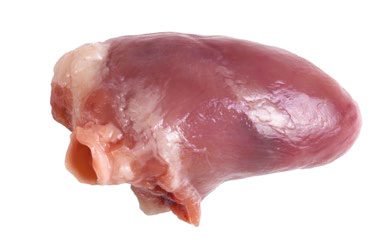
- The results indicated that Enterococcus spp. were observed in 127 broiler cases, 85 breeder pullets, 50 hatchery samples, 29 broiler
breeders, 85 commercial layers, and five other cases of poultry samples. - Enterococcus spp. are ubiquitous and present in all poultry categories.
- Nevertheless, E. cecorum accounted for 62% of all Enterococcus spp. isolates from broilers. These were mainly collected from heart and femoral head samples.
- The E. cecorum was identified in 90% of broiler breeder samples from intestines.
- From the broiler isolates, 82% were PCR-positive for the cpsO gene, indicating pathogenicity, while 100% of the breeder isolates recovered from the intestine were cpsO negative, suggesting a commensal status.
- The pathogenic isolates in the majority of cases (96 %) could not metabolize mannitol.
Control of Enterococcus is still a difficult task
- Hatchery biosecurity, cleanliness, and sanitation of the in ovo vaccination systems are critical.
- However, more effective tools to minimize its pathogenicity are needed.
- Direct fed microbials or probiotics could potentially reduce the translocation of E. cecorum into blood circulation, minimizing osteomyelitis and culling.
The in ovo administration of commensal non-pathogenic E. cecorum could also cause competitive exclusion of pathogenic E. cecorum.
Still, dose, frequency, and route of administration require further investigation, as demonstrated by Grayson Walker from NC State University during the IPSF.
Specific bacteriophages have also shown potential to control Enterococcus spp.
- Phages have high specificity and probably must be combined to control the associated pathogens observed in previously reported cases.

Conclusion
- The high incidence of this pathogen in embryo losses and early mortality warrants more attention for future research.
- The control is highly related to the holistic management of breeder gut health.


